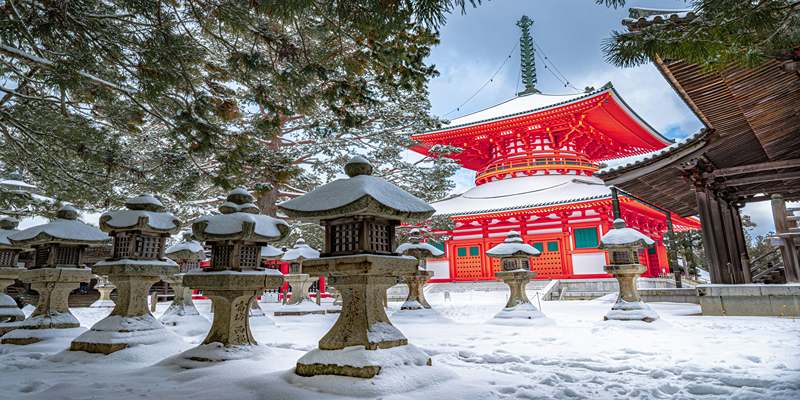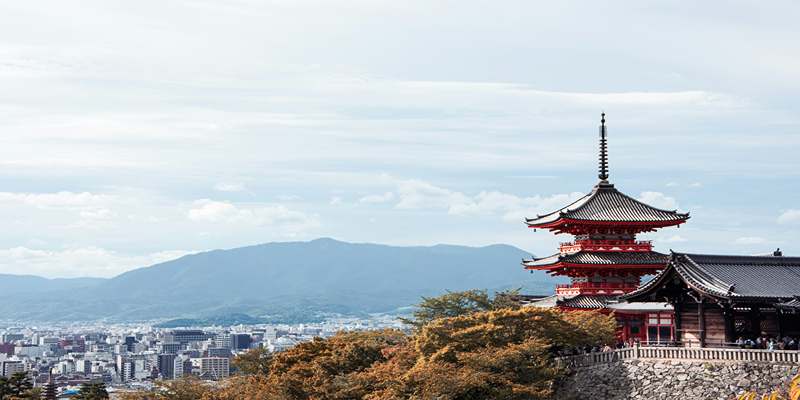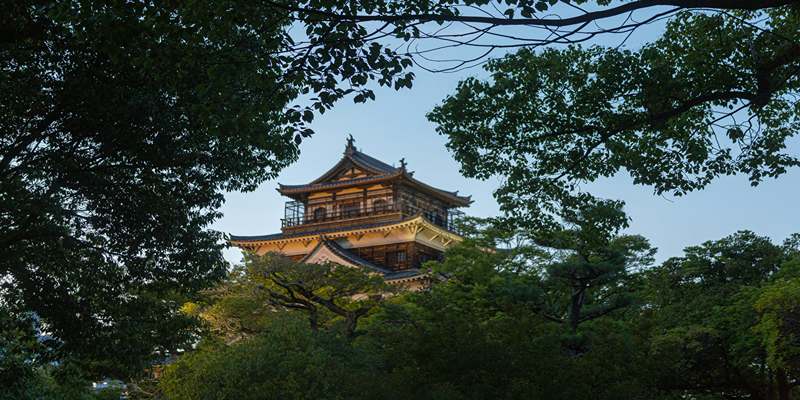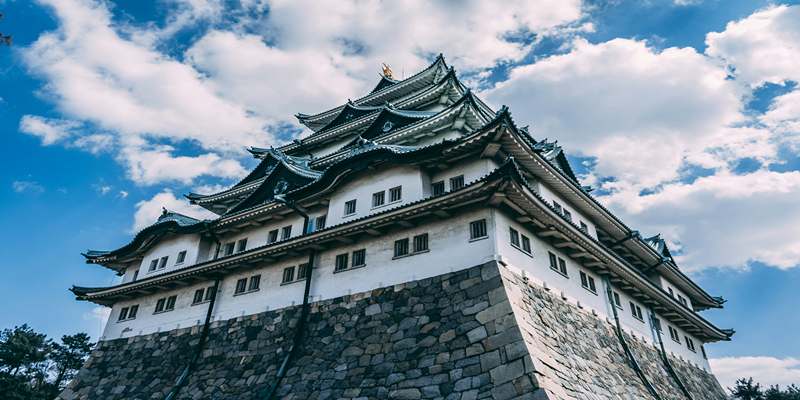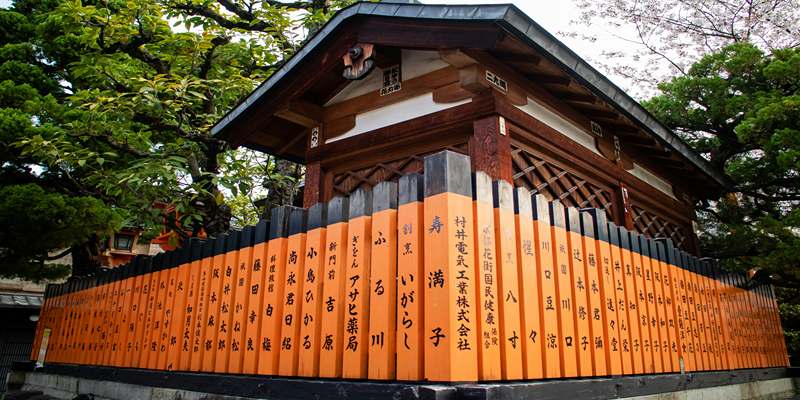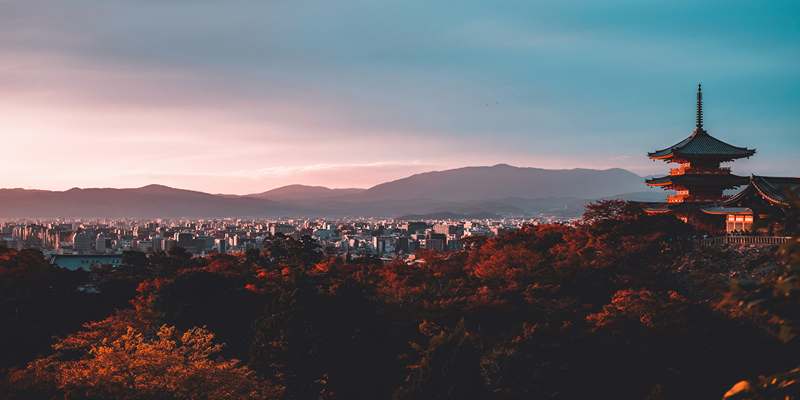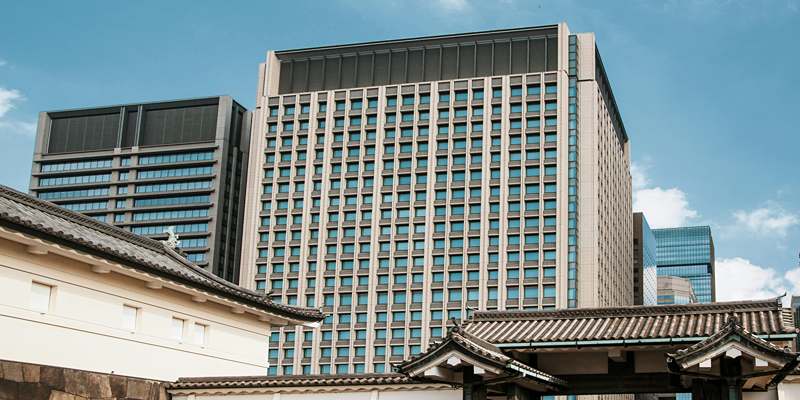Siem Reap is a feast for the senses. Beyond the ancient splendor of Angkor Wat, the city hums with the aroma of sizzling meats, fragrant herbs, and bubbling broths. Every corner reveals a taste of Cambodia’s soul—market vendors flipping golden rice pancakes, steaming bowls of nom banh chok served at sunrise, and the unmistakable scent of lemongrass wafting through the streets.
Here, food is not just sustenance; it's an heirloom passed from generation. Whether at a busy street stall or upscale restaurant, every morsel in Siem Reap is a testament to tradition, perseverance, and firmly rooted flavors.
Markets and Street Food: The Heart of Cambodian Cuisine
To fully grasp A Taste of Siem Reap, one has to start at the markets. Psar Chas, or the Old Market, is a maze of stalls offering fresh produce, marinated meats, and exotic spices, among other items. Locals congregate early in the day to buy provisions for their breakfasts. The market is a riot of color and smell, where the smell of fresh lemongrass is mixed with the char of grilled meat and the stench of fermented fish paste.
Street food is a way of life in Siem Reap. Street vendors have makeshift kitchens on the side of the sidewalk where they cook in front of you. Locals and travelers alike love a dish called bai sach chrouk, which is basically grilled pork over rice with pickled vegetables and a broth on the side. Another must-visit is ang dtray-meuk, flame-grilled squid brushed with sweet and sour sauce, grilled above an open fire. For adventurous eaters, prahok ktis, a dip constituted of fermented fish and coconut cream, provides an intense introduction to the umami flavorful world of Cambodian gastronomy.
One of the most popular street food treats is nom krok, tiny rice flour pancakes with a crunchy edge and a soft coconut-flavored interior. The tiny morsels are fried in a special pan over charcoal, giving them a smoky, slightly sweet flavor that goes wonderfully with a bowl of strong Cambodian coffee. Street food in Siem Reap is alive and inviting, with vendors tending to be happy to relate the origins of their food.
Traditional Dishes: A Taste of Cambodia’s Heritage
Siem Reap’s culinary landscape would not be complete without its traditional Khmer dishes. Amok trey, Cambodia’s signature dish, is a fragrant fish curry steamed in banana leaves, delicately balanced with coconut milk and kroeung, a lemongrass-based spice paste. The dish is mild yet deeply flavorful, offering a glimpse into the refined balance of Cambodian flavors.
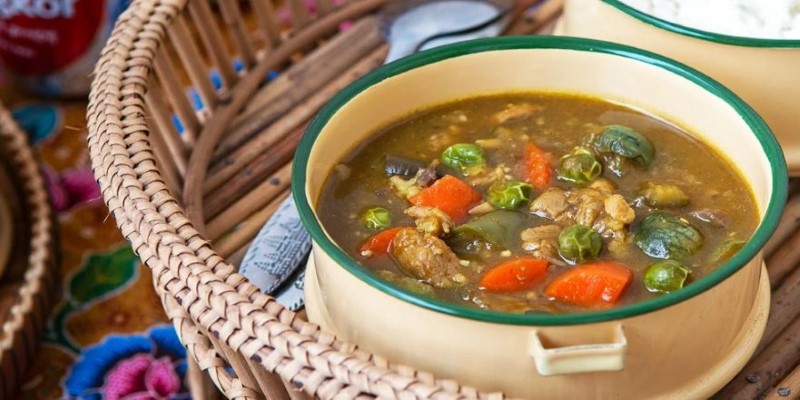
Another staple is lok lak, a stir-fried beef dish marinated in a blend of soy sauce, oyster sauce, and Kampot pepper. It is typically served with a side of fresh vegetables and a dipping sauce made from lime juice and black pepper, creating a contrast of tangy and peppery flavors. For those looking to try something uniquely Cambodian, samlor korkor is a hearty soup packed with vegetables, river fish, and local herbs, offering a taste of traditional home-cooked meals.
Rice is at the center of every Cambodian meal, and one of the most comforting dishes is nom banh chok, also known as Khmer noodles. This dish features rice noodles topped with a light, aromatic curry sauce, often garnished with fresh herbs and edible flowers. Despite its delicate presentation, nom banh chok carries bold flavors, making it a favorite among locals for breakfast or an afternoon snack.
For those with a sweet tooth, Cambodian desserts provide a delightful end to any meal. Num ansom chek, a banana-filled sticky rice cake wrapped in banana leaves, is a popular choice. It is steamed until soft and chewy, with just the right amount of sweetness. Another local favorite is bai dom neib, sticky rice with mango drizzled with coconut milk—a simple yet irresistible treat.
Fine Dining and Contemporary Twists on Khmer Cuisine
Siem Reap’s food scene is not just about tradition—it’s also about innovation. While street markets and local eateries preserve the heart of Cambodian cuisine, a new wave of fine dining establishments is reimagining classic flavors with a modern approach. Restaurants like Cuisine Wat Damnak have gained international acclaim for blending Khmer culinary heritage with contemporary techniques, using seasonal, locally sourced ingredients to craft tasting menus that highlight the depth and complexity of Cambodian flavors.
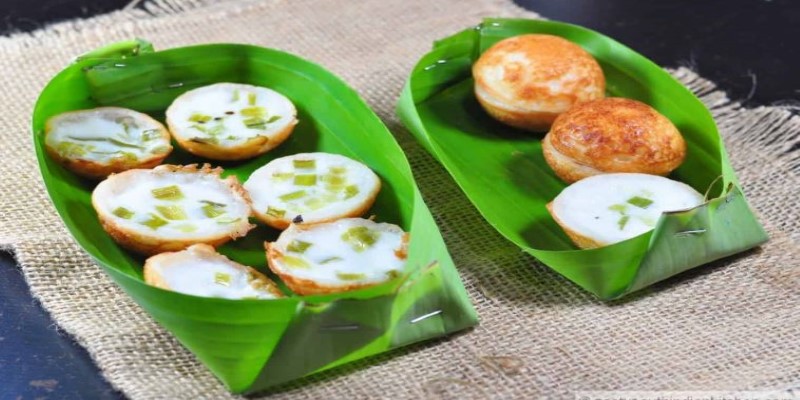
High-end restaurants in Siem Reap take pride in showcasing local produce, ensuring that every dish reflects the region’s freshest offerings. Some reimagine street food favorites, presenting dishes like crispy nom krok elevated with caviar or amok trey infused with rare Cambodian spices. These creative reinventions maintain the essence of Khmer cuisine while appealing to a global palate.
Beyond fine dining, Siem Reap is also home to stylish cafés and rooftop lounges where traditional flavors meet modern aesthetics. Artisanal coffee shops serve strong Cambodian-style iced coffee sweetened with condensed milk. At the same time, dessert cafés put a creative spin on local sweets, such as coconut panna cotta infused with pandan leaves. Whether indulging in a multi-course meal or sipping a carefully crafted espresso, Siem Reap offers a refined yet authentic culinary experience for adventurous diners.
Conclusion
Siem Reap’s culinary landscape is a rich tapestry of tradition, flavor, and community. From the smoky grills of street vendors to the refined dishes of high-end restaurants, every meal tells a story of Cambodian heritage. The balance of fresh ingredients, bold spices, and time-honored techniques makes A Taste of Siem Reap an unforgettable experience. Beyond the temples, food becomes a gateway to understanding the culture, where each bite reflects history and resilience. Whether savoring a bowl of nom banh chok or indulging in amok trey, the flavors of Siem Reap leave a lasting impression, inviting you back for more.

